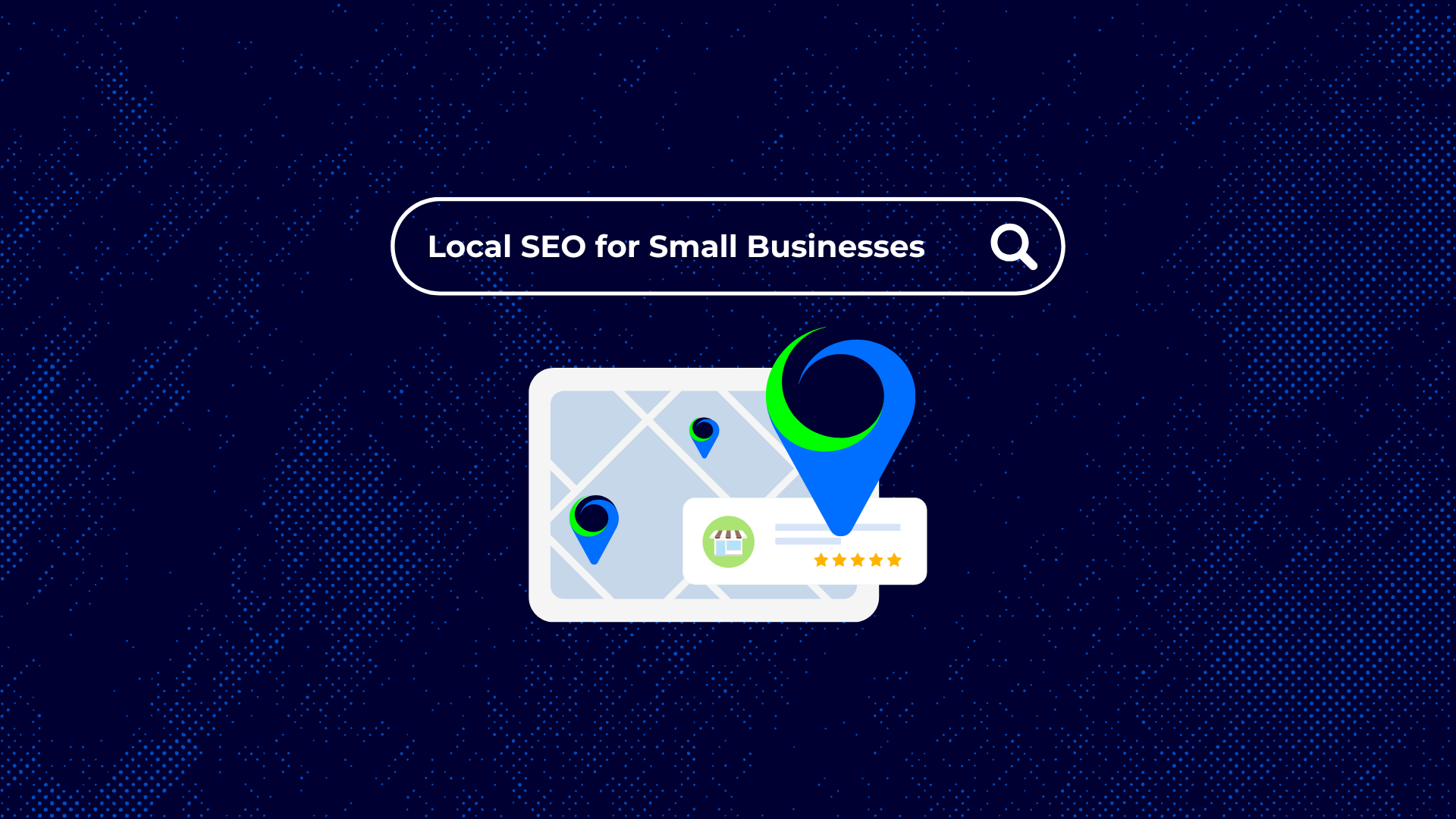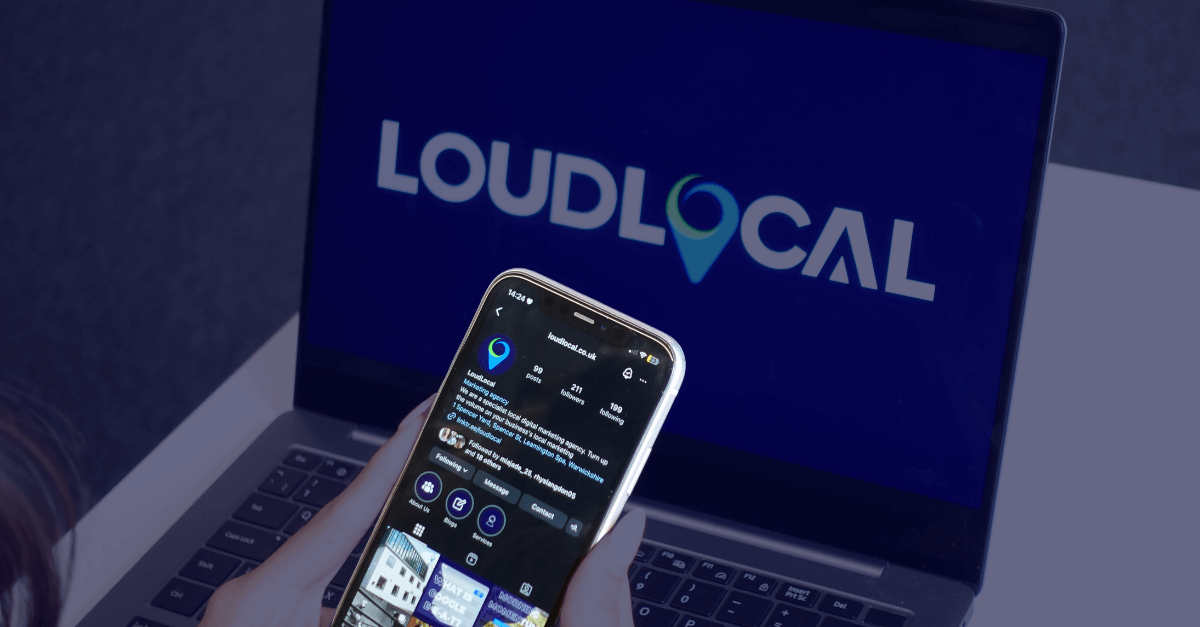The Ultimate Guide to Local SEO for Small Businesses (2025)
Getting found by local customers online isn’t some magic trick, it’s about making sure your business shows up when people nearby are searching for...
Got a question, or need help with something?
A member of the LoudLocal team is on hand to help you.
The Brickyard, Unit 2, Queen's Rd, Kenilworth, Warwickshire, CV8 1JQ
5 Merchant Square, Paddington, London, W2 1AY
5 min read
Priya Pandit
:
Oct 9, 2024 12:01:12 PM
Throughout this blog, we dive into food marketing and how technology has progressed through the years, specifically talking about how social media embraced food marketing. As with our previous blogs, we won't be adding any 'jargon', so it's understandable for anyone. Let's get started!
.png?width=1200&height=600&name=2%20(1).png)
Above are the types of adverts you would typically see in the pre-digital area. These would be found in newspapers, posters, and on billboards.
As platforms like Facebook, Instagram and YouTube (to name a few) emerged, food brands had a whole new way to connect with consumers and provide personalised and interactive ways of marketing their products. This marked the start of two-way communication, which was lacking up to this point. People could engage, interact, ask questions and share reviews with their favourite brands in ways that were not possible before. Fun fact: Food-related content is the most watched content on social media. As social media evolved, brands started going beyond just posts. They began partnering with influencers, food bloggers and YouTubers who could reach highly targeted audiences. This had a considerable impact, shaping consumer buying decisions in a whole new way.
-1.png?width=1200&height=600&name=3%20(1)-1.png)
Above is a graphic that displays the connection between a business and a consumer through social media. It is now easier than ever for a business to connect directly with its customers.
.png?width=1200&height=600&name=1%20(11).png)
On the left, you will be able to see a series of ads from the pre-digital age, whereas on the right are current ads. Having these side by side showcases how far advertising has come over time.

Getting found by local customers online isn’t some magic trick, it’s about making sure your business shows up when people nearby are searching for...

Running a small business is a full-time job in itself, and finding time for social media can feel like an extra task on the list. But here’s the...

Running a trades business takes a lot of time and energy. You’re busy on site, chasing quotes, and keeping customers happy. But while you’re focused...

7 min read
In this article, we explore several free tools that are available to help you with social media scheduling, image compression, local...

6 min read
You may think we have gone mad, but we haven’t (honestly). Still, we firmly believe at LoudLocal that any genuinely effective strategy should...
.png)
What Is Sustainability? "Development that meets the needs of the present without compromising the ability of future generations to meet their own...